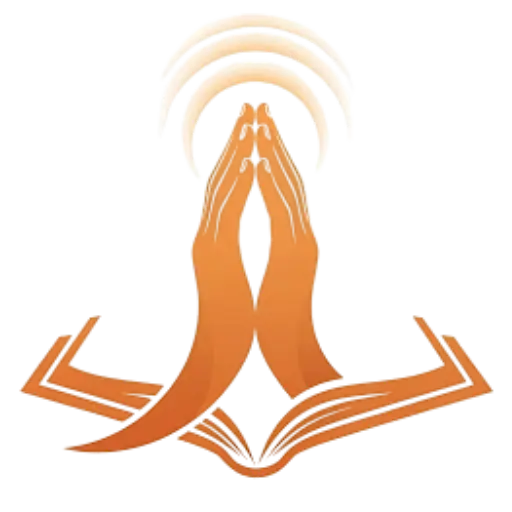Religious symbols meanings go far beyond mere emblems—they are profound repositories of history, belief, and cultural identity. From ancient civilizations to modern faiths, these powerful icons shape human understanding of the divine, the cosmos, and our place within them. But what hidden meanings do they hold, and what fascinating stories lie behind their creation and enduring significance?
This guide dives deep into religious symbols meanings, uncovering the rich tapestry of narratives and interpretations that have captivated believers and scholars for millennia.
The Cross: Beyond a Simple Sign
For billions worldwide, the Christian cross is the ultimate symbol of faith, sacrifice, and redemption. Its widespread recognition often overshadows the layers of meaning embedded within its various forms.
Latin Cross: The most common form, representing the crucifixion of Jesus Christ. Its vertical beam symbolizes the connection between heaven and earth, while the horizontal beam signifies humanity’s embrace.
Ankh (Egyptian Cross): Predating Christianity, this ancient Egyptian hieroglyph symbolizes “life” or “breath of life.” Its loop at the top represents the sun or creation.
Celtic Cross: Distinguished by a nimbus or ring encircling the intersection of the arms, the Celtic cross is associated with eternity, the sun, or a halo. It may represent a convergence of pagan and Christian beliefs.
Hidden Meaning: Beyond suffering and salvation, the cross often symbolizes the convergence of opposing forces – material and spiritual, human and divine – seeking balance and harmony.
Star of David: A Shield of Faith
The Star of David is instantly recognizable as a Jewish symbol. Its six points form a hexagram, carrying layers of historical and spiritual significance.
- Historical Roots: Widely adopted in the Middle Ages as a distinct Jewish symbol.
- Symbolic Interpretations: Triangles may represent the relationship between God and humanity or the twelve tribes of Israel.
- Hidden Meaning: It embodies interconnectedness and balance – the microcosm reflecting the macrocosm.
The Om (Aum): The Sound of the Universe
The Om symbol is sacred in Hinduism, Buddhism, Jainism, and Sikhism, representing creation, preservation, and destruction.
- Phonetic Components: A, U, M represent triads like waking/dream/deep sleep or Brahma/Vishnu/Shiva.
- Cosmic Vibration: Considered the primordial sound of the universe.
- Hidden Meaning: Represents the entirety of existence and spiritual liberation.
Crescent Moon and Star: Light in the Darkness
The crescent moon and star symbolize Islam, guidance, and renewal.
- Historical Origins: Adopted by the Ottoman Empire, used in pre-Islamic civilizations.
- Symbolic Interpretations: Moon symbolizes progress; star represents divine knowledge.
- Hidden Meaning: A beacon of hope and guidance for believers.
Wheel of Dharma: Path to Enlightenment
The Dharma Wheel, or Dharmachakra, is a Buddhist icon representing the Eightfold Path and the cyclical nature of existence.
- Eight Spokes: Represent the Eightfold Path leading to liberation.
- Circular Form: Symbolizes perfection and continuous spiritual progress.
- Hidden Meaning: Spiritual growth is a continuous journey.
Why Religious Symbols Mean So Much
The enduring power of religious symbols meanings lies in their ability to:
- Act as visual anchors for abstract concepts.
- Foster community identity.
- Serve as spiritual reminders.
- Convey stories and teachings of faith.
Understanding religious symbols meanings helps us appreciate human spirituality and the shared quest for meaning across cultures.



